Top 10 Biggest NGOs ln The World 2025
By ICON TEAM | Published on Apr 09, 2025
In order to solve global issues including poverty, inequality, human rights abuses, and humanitarian disasters, non-governmental organizations (NGOs) are essential. Several NGOs stand out in 2025 because to their scope, influence, and size. Based on their operational reach, financial resources, and transformative projects, the top 10 largest NGOs in the world are examined in detail below.
1. World Vision International:

Established in 1950 by Reverend Bob Pierce, World Vision International is still a major humanitarian organization in 2025 because to its Christian values. This NGO, which works in more than 100 countries, is dedicated to reducing poverty and promoting human change, with a special focus on children who are at risk. Its programs include access to clean water, disaster relief, education, child protection, and economic development. World Vision helped 31.1 million refugees and disaster survivors, supplied clean water to 3 million people, and sponsored 3.2 million children in 2022 alone. 90% of World Vision's operating revenue, which is around $1 billion USD, goes toward initiatives, indicating the organization's dedication to efficiency. Its global reach and commitment to sustainable change maintain it at the forefront of humanitarian activities, even in the face of disputes over its employee moral standards.
2. Mercy Corps:
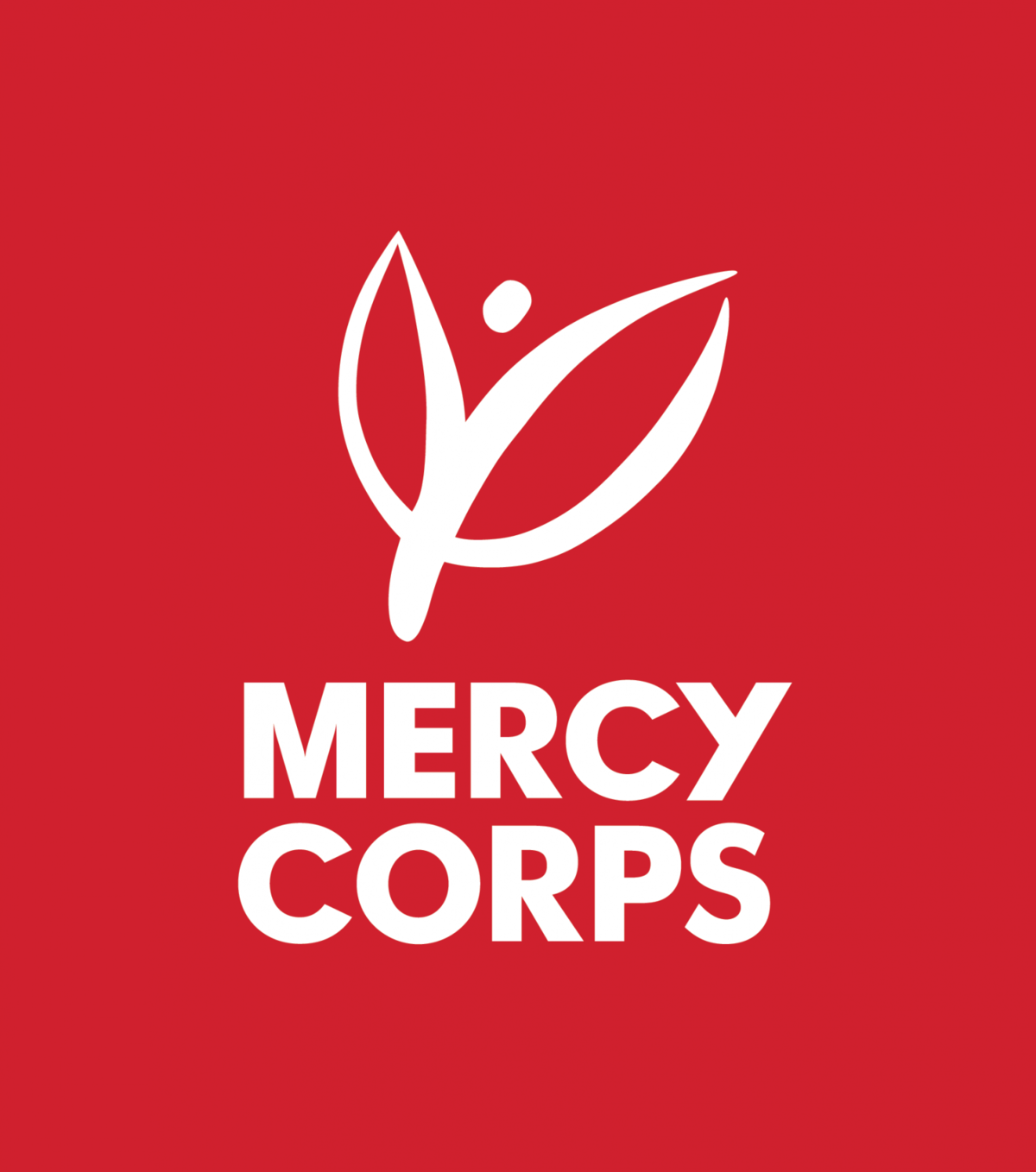
In 2025, Mercy Corps, which began as the Save the Refugee Fund in 1979, had become into a major force in humanitarianism worldwide. With its headquarters in the US and operations in more than 40 nations, its mission is to create safe, prosperous, and equitable communities in order to lessen suffering, poverty, and injustice. Mercy Corps now strikes a balance between immediate assistance and long-term development initiatives, having previously concentrated on providing emergency aid to Cambodian refugees. In areas impacted by disasters, conflict, and climate change, it works to improve health, education, and resilience. Mercy Corps, which employs more than 6,000 people, has helped millions of people by providing substantial relief and encouraging community-led solutions. It is a leader in the NGO sector because of its flexibility and emphasis on long-term results.
3. Oxfam:

In 2025, Oxfam, a coalition of independent nonprofit organizations established in the UK in 1942, is a powerful force in the fight against injustice and poverty. Oxfam works on topics like disaster response, gender justice, and water and sanitation in more than 90 countries. Its humanitarian dedication is demonstrated by its work in crisis areas like Syria and Yemen, where since 2015 it has provided clean water and aid to nearly 3 million people. With a total revenue of $912 million USD, Oxfam's gender justice initiatives helped 1.7 million people in 2020–2021, while our COVID-19 response touched the lives of almost 14 million people. Beyond providing relief, Oxfam's charity stores and support of economic justice increase its impact and solidify its place as a key force in world development.
4. BRAC:
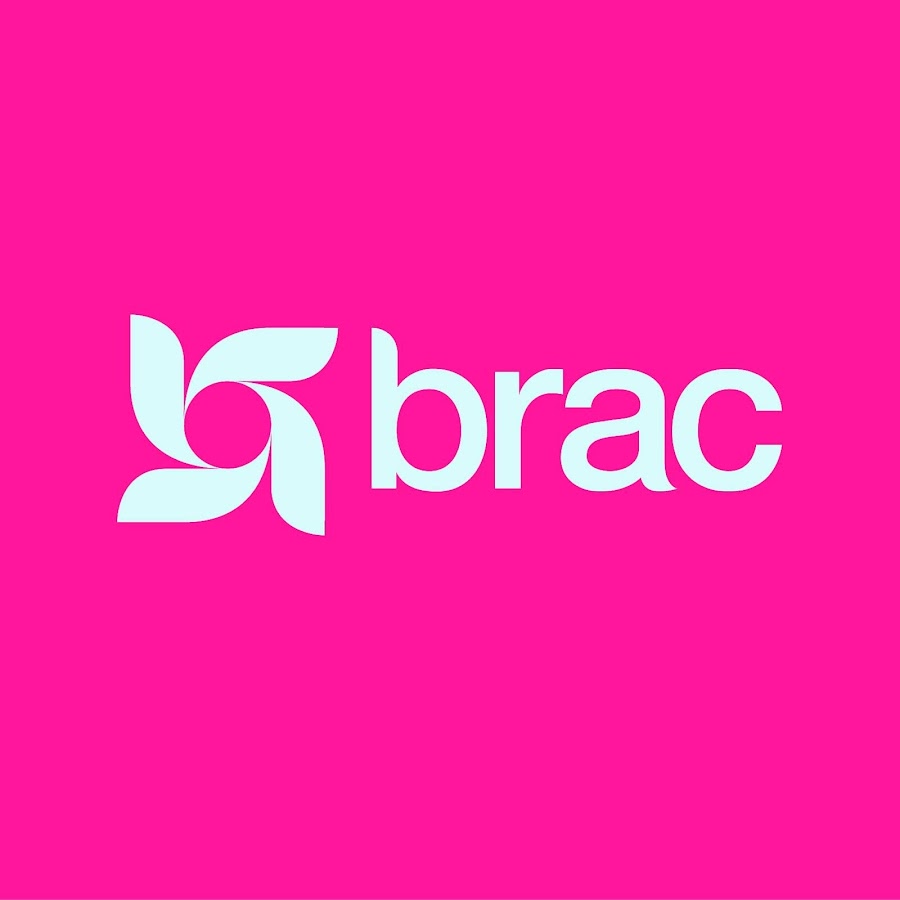
With more than 90,000 employees, BRAC, which was established in Bangladesh in 1972 by Sir Fazle Hasan Abed, is the largest NGO in the world by workforce as of 2025. BRAC, formerly known as the Bangladesh Rural Advancement Committee, serves more than 126 million people a year in 11 countries. Its comprehensive strategy uses initiatives in education, healthcare, microfinance, and agriculture to combat poverty, illiteracy, and social injustice. BRAC demonstrated its financial and social impact in 2021 by disbursing $4.5 billion in loans and guaranteeing schooling for 190,000 children. With more than 4 billion Taka in assets, BRAC is a model for development organizations around the world because to its size and grassroots approach.
5. International Rescue Committee:
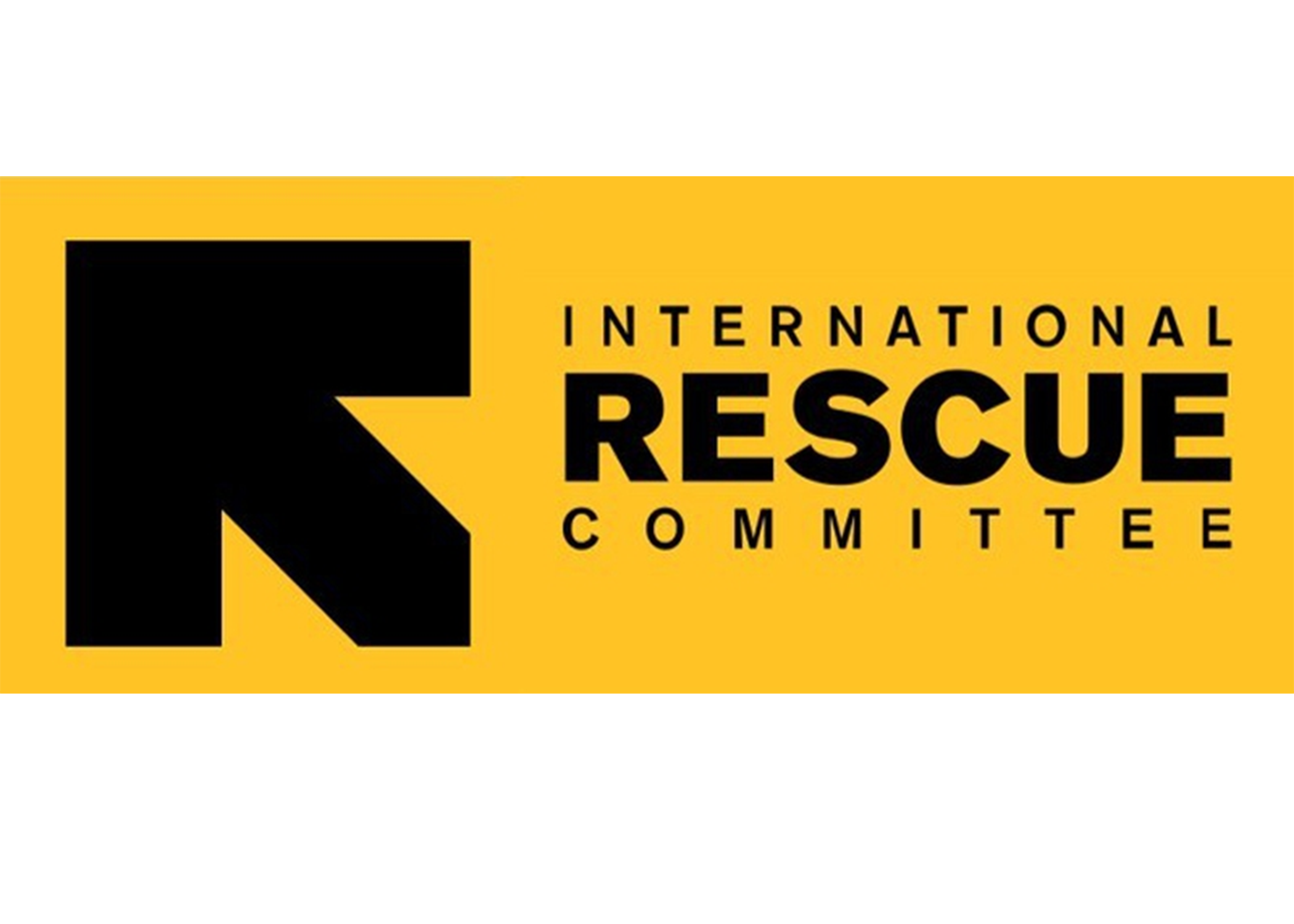
In 2025, the International Rescue Committee (IRC), which was established in 1933 at Albert Einstein's request, continues to be a vital component of humanitarian assistance. With operations in more than 40 nations, the IRC offers refugees and communities devastated by war and natural disasters both immediate help and ongoing assistance. With a particular emphasis on women and girls, its offerings include healthcare, education, economic empowerment, and safety. In 2021, the IRC helped 31.5 million people, relocated refugees from 32 countries in the United States, and helped more than 1 million people who were malnourished. With a total revenue of $979,512 USD in 2021, the IRC's combination of systemic activism and urgent help guarantees its continued relevance.
6. Save the Children:
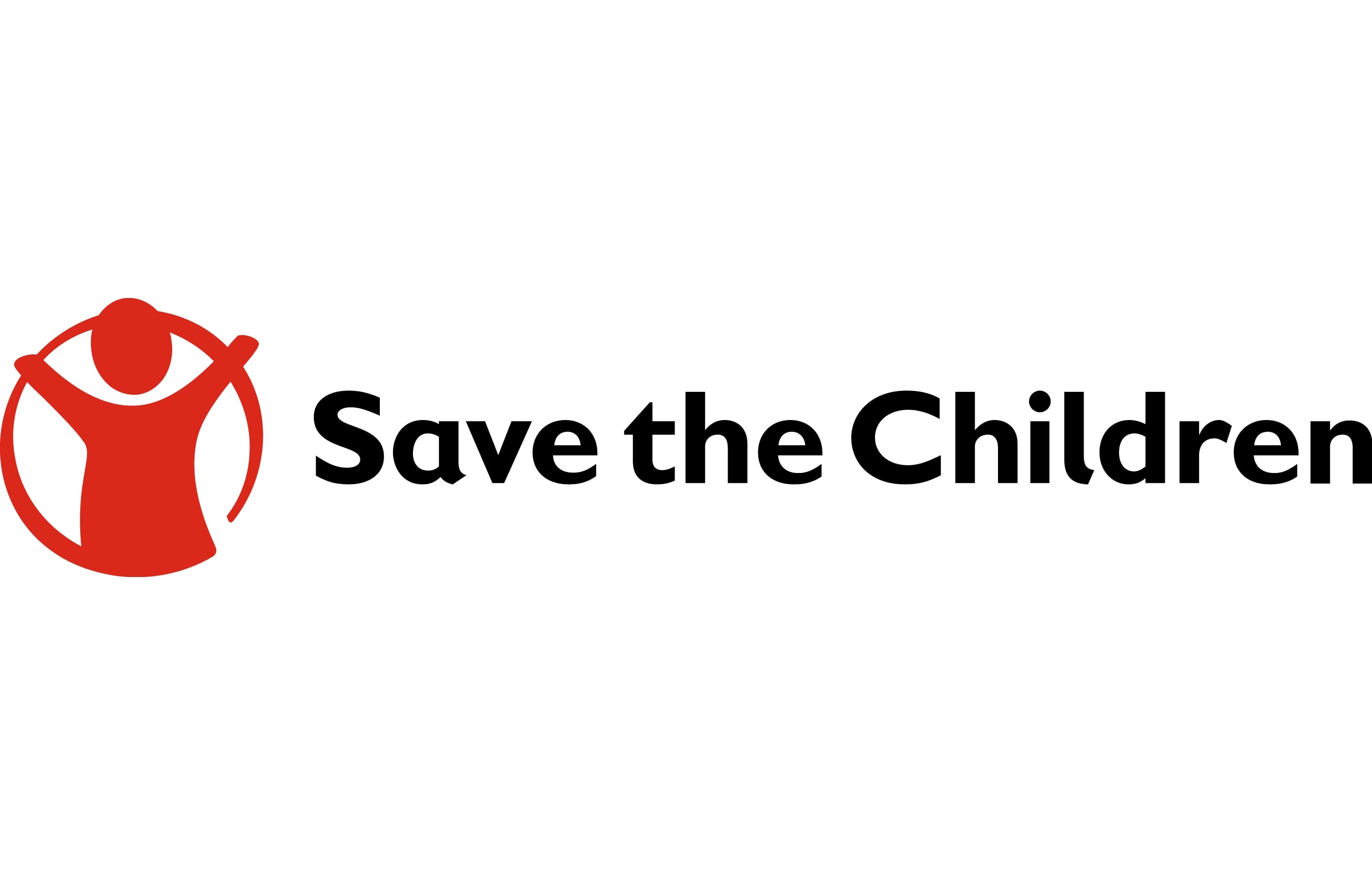
Founded in 1919 and with its headquarters located in London, Save the Children is one of the biggest non-governmental organizations in the world as of 2025, with operations in 120 countries. It is committed to enhancing the lives of children and concentrates on economic development, healthcare, education, and emergency assistance. Supported by over $2.2 billion USD in revenue, Save the Children reached nearly 43 million children and handled 103 emergencies in 2021 with 30 national member organizations. Its efforts on lobbying, hunger, and climate concerns highlight its all-encompassing strategy. As a pioneer in child-centered humanitarianism, Save the Children keeps influencing international laws and producing noticeable results.
7. Amnesty International:
In 2025, Amnesty International, which was established in the UK in 1961, would have more than 10 million supporters in 150 countries. This NGO, which focuses on topics including torture, freedom of speech, and the repeal of the death sentence, exposes injustices, fights for justice, and upholds dignity. It raised €357 million in 2021, supporting efforts to hold governments responsible. Amnesty International is a crucial force in the human rights field because of its capacity to influence public opinion and bring about policy change, which it uses to chronicle crimes in Myanmar and advocate for climate justice.
8. Danish Refugee Council:
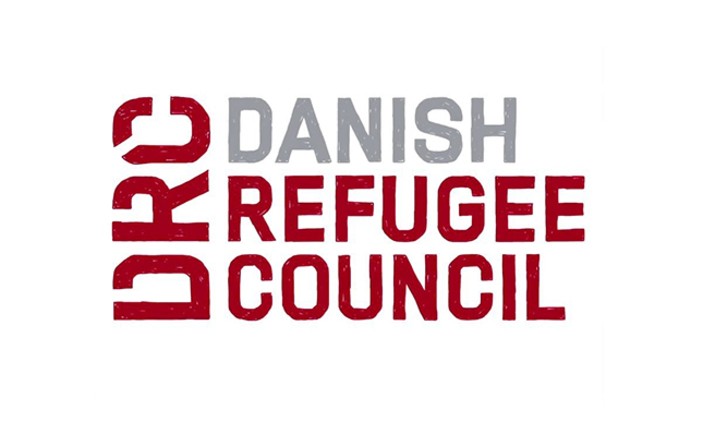
In 2025, the Danish Refugee Council (DRC), which was established in 1956 in response to the Soviet invasion of Hungary, will be the biggest non-governmental organization in Denmark and a world leader in aiding displaced people. The DRC provides humanitarian help, safety, and long-term solutions to refugees and internally displaced people in more than 40 countries. Its 33 member organizations help it reach more people in Asia, Africa, and Europe. The DRC reported a DKK 25 million profit in 2021, and in the face of growing forced displacement, its DRC Strategy 2025 sets lofty objectives. The DRC's reputation among leading NGOs is cemented by its knowledge and support of refugee rights.
9. CARE International:
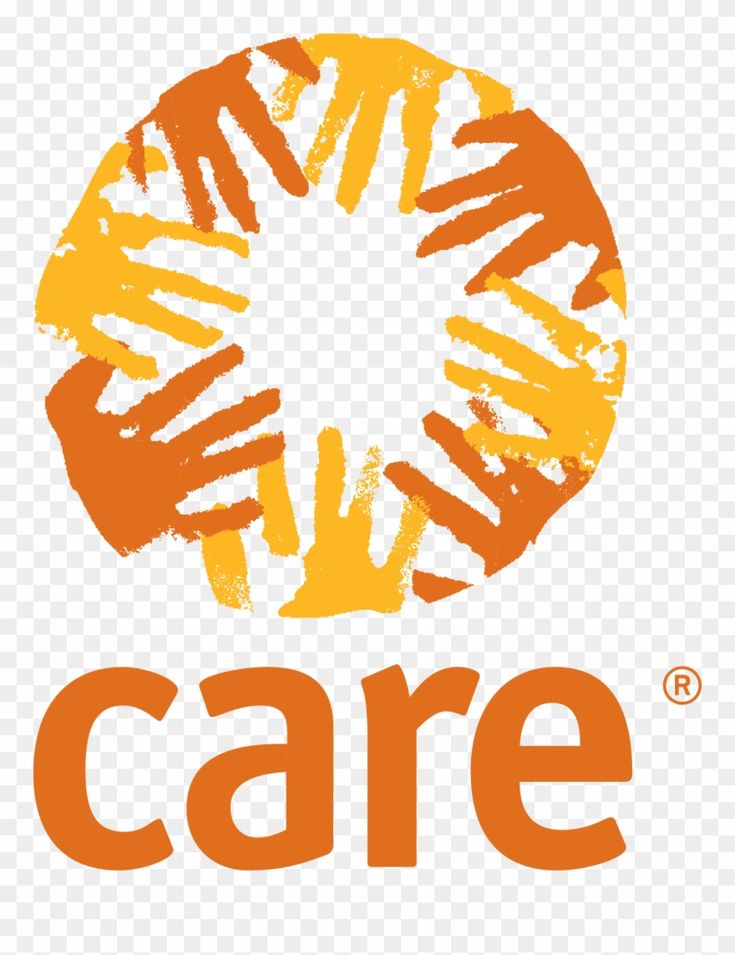
Established in 1945, CARE International is a global non-governmental organization that works to combat poverty in more than 100 countries by 2025. In line with the Sustainable Development Goals of the UN, CARE, also known as the Cooperative for Assistance and Relief Everywhere, prioritizes food security, gender equality, health access, and climate justice. Through education, poverty alleviation, and disaster assistance, its initiatives reach millions of women and girls and empower them. With 93.5% of its $1.19 billion USD in revenue going toward programs in 2021, CARE's open and honest financial management enabled extensive outreach. CARE stands out as a humanitarian leader because of its emphasis on quantifiable, long-lasting impact.
10. Acumen:
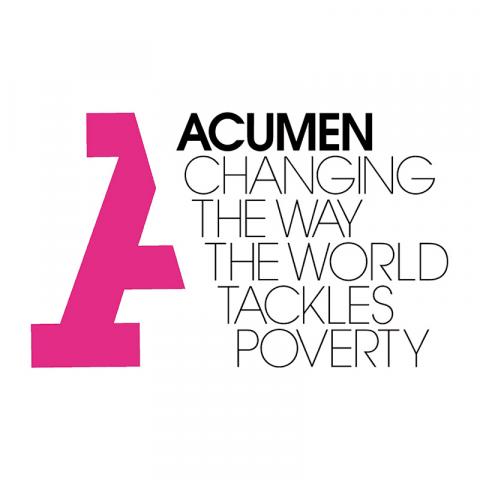
Founded by Jacqueline Novogratz in 2001, Acumen is redefining philanthropy in 2025 by funding social entrepreneurs to fight poverty. Acumen is a global company that supports companies that generate both social and financial rewards by bridging the gap between market-based solutions and charitable giving. Its creative strategy has sparked systemic change by giving impoverished people access to energy, healthcare, and education. Even though Acumen has fewer employees than other NGOs on this list, its $65 million operational income in 2019 shows how much of an impact it has via empowering entrepreneurs, placing it among the most significant NGOs in the world.
Comments 0